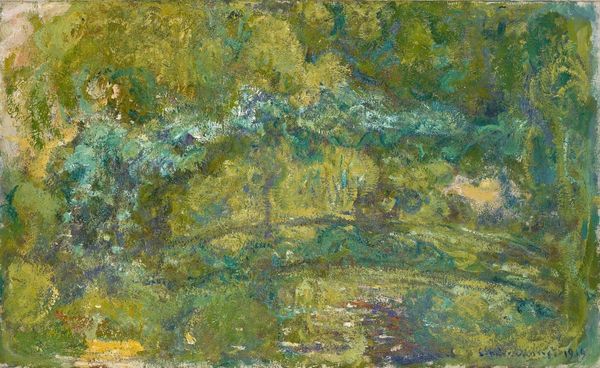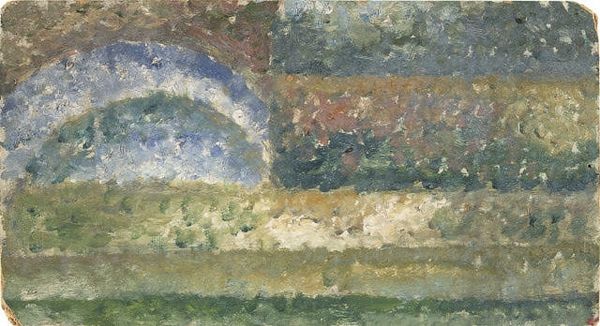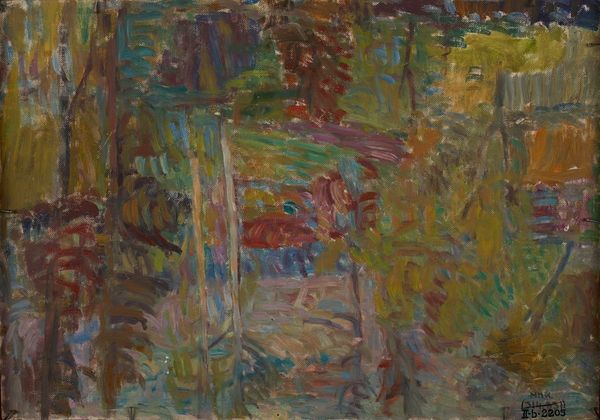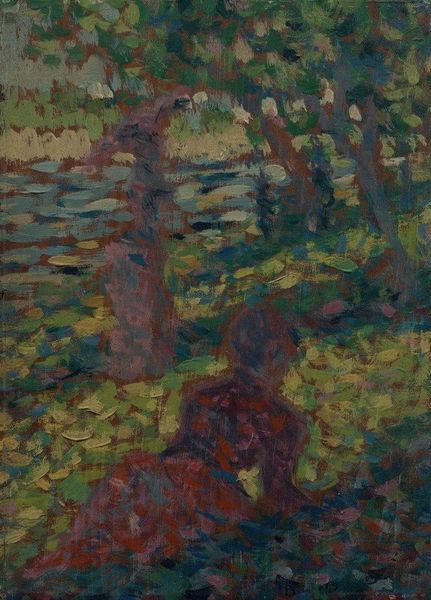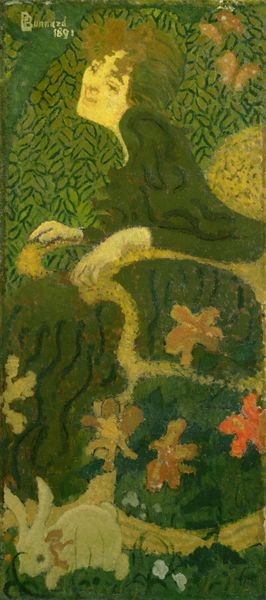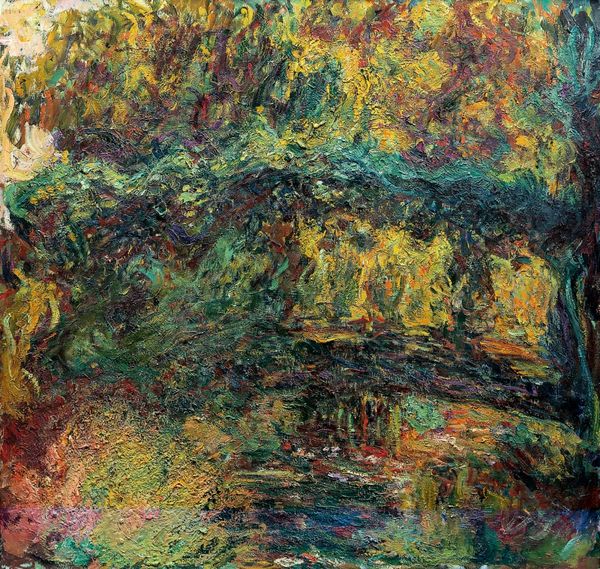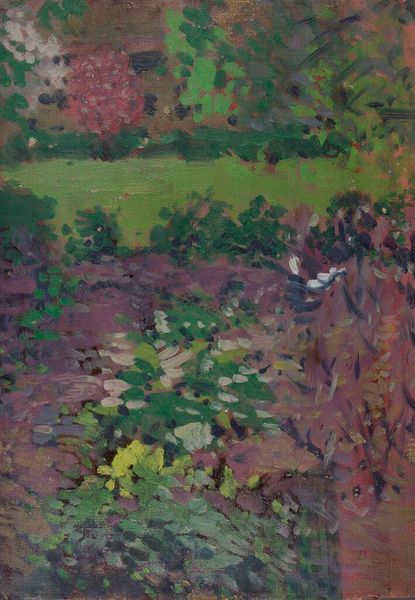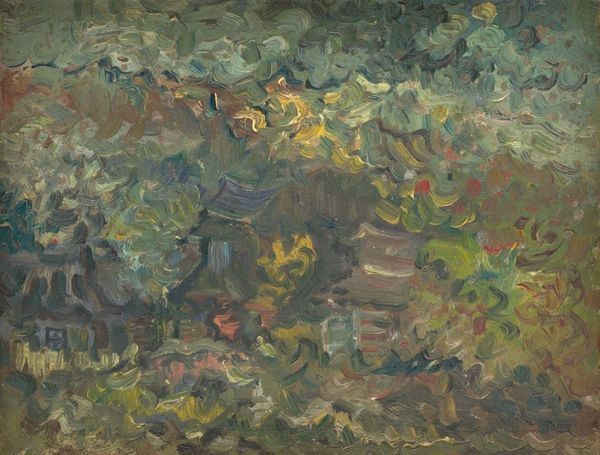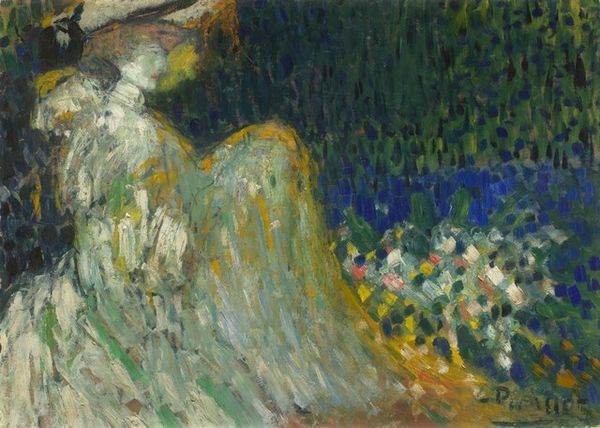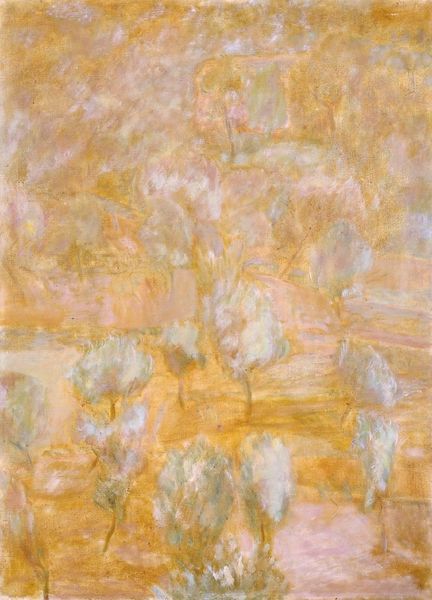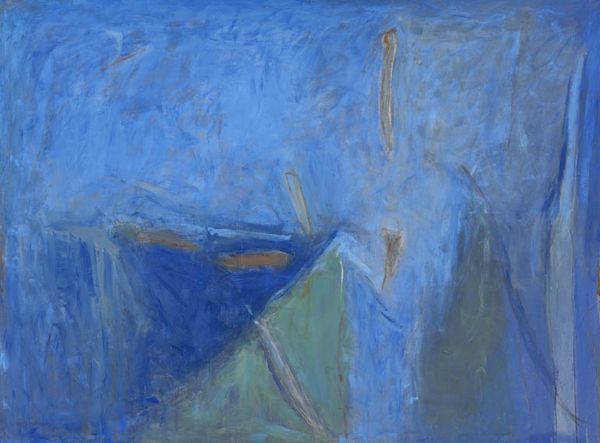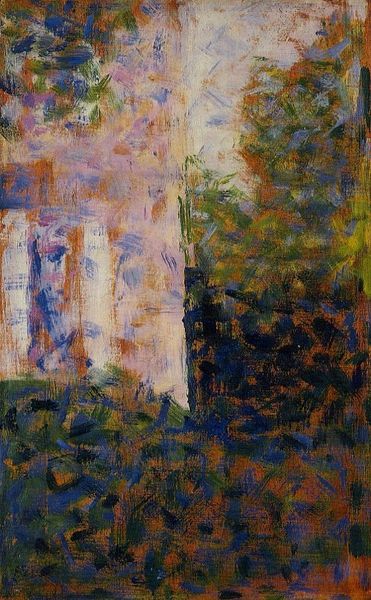
painting, plein-air, oil-paint, impasto
#
figurative
#
painting
#
impressionism
#
plein-air
#
oil-paint
#
landscape
#
impressionist landscape
#
figuration
#
impasto
#
genre-painting
#
post-impressionism
Copyright: Public Domain: Artvee
Editor: Here we have Georges Seurat's "Man with a Hoe," painted around 1882. It's an oil painting, and the texture looks quite thick, almost sculpted. It feels… melancholic? What do you see in this piece? Curator: It’s fascinating how Seurat, known for his scientific approach to painting, here depicts a subject rife with social commentary. The bowed figure is physically burdened, yes, but also symbolizes the exploited working class, specifically the French peasantry of the late 19th century. Editor: Exploited how so? I guess I'm not seeing it just from the brushstrokes. Curator: Think about the period: rapid industrialization created vast disparities in wealth. Land ownership was concentrated, leaving agricultural workers vulnerable. Seurat isn't just painting a landscape; he's highlighting the grueling labor and societal inequities that trapped individuals like this man. The weight of the hoe becomes a symbol of their oppression, doesn't it? Editor: Oh, I see. So, the painting is like a… critique? Even if it's pretty subtle. Curator: Exactly. Seurat engages with the broader societal tensions of his time. Consider the political movements gaining traction then, advocating for workers’ rights. Doesn't it invite reflection on who benefits from this man's toil and sacrifice, and at what cost? It encourages a deeper consideration of power structures. Editor: Wow, I didn’t expect so much from a simple farm scene! I thought it was just an exercise in impressionism, you know, light and color. Curator: It’s a powerful reminder that art can be aesthetically pleasing and politically charged. Editor: That's a new way of seeing it; now I recognize those political layers beyond what meets the eye. Curator: Precisely! Context is crucial.
Comments
No comments
Be the first to comment and join the conversation on the ultimate creative platform.
